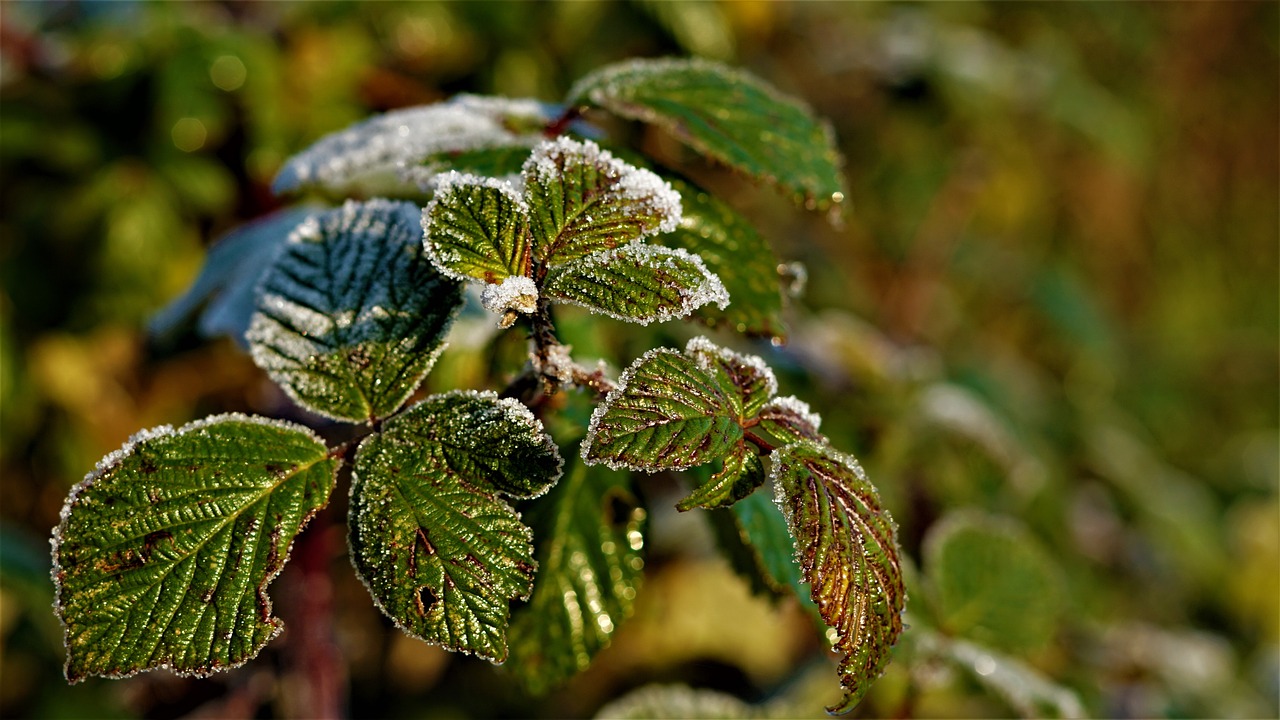FROST PROTECTION AND AVOIDANCE: WHAT TO DO BEFORE, DURING AND AFTER

By Cindy Bruecks, UCCE Master Gardener
The threat of frost can be daunting. But following careful planning, preparation, and recovery steps can protect you and your plants from the worst of a frost event.
First the Planning:
Choose plant varieties suited to, or tolerant of, cold temperatures. USDA zones are predicated on frost date predictions, while Sunset Climate zones are based on multiple factors. You can read more about the two systems at https://cagardenweb.ucanr.edu/Your_Climate_Zone/ which notes:
“Gardeners in the western United States sometimes are confused when confronted with the 11 Hardiness Zones created by the USDA, because we are used to a 24-zone climate system created by Sunset Magazine. The Sunset zone maps, considered the standard gardening references in the West, are more precise than the USDA's, since they factor in not only winter minimum temperatures, but also summer highs, lengths of growing seasons, humidity, and rainfall patterns.”
Site delicate plants like citrus higher in the garden, as cold sinks. Site cold-lovers at the bottom if possible or, on a hill, just above a fence or wall that will keep the cold from sinking further down the hill. Know your micro-climates!
Procure products that will help you protect key plants when frost is predicted.
Watch the weather predictions, then be prepared to act on them. Commercial farmers need accurate predictions, and you too can benefit from them.
Please note: Anything electrical should be rated for OUTDOOR USE and plugged into a GFI (Ground Fault Interrupt) receptacle.
Then the Preparation: “The night before”:
BRING POTS INDOORS or move them to a spot against the house, under an overhang, on a west or south facing wall where they will benefit from residual radiation end of day.
COVER PLANTS too big to move: use cloth or ready-made covers that do not touch the leaves. Do not use plastic sheeting. Small plants can benefit from a cloche, the traditional French glass bell-shaped cover that lets you see what is going on inside the cover. An upturned milk carton, box, carton, or bucket will do the same job..
WRAP THE TRUNKS: using burlap, an old Ace bandage, or other available strips of fabric, loosely wrap the thin trunk of young citrus or avocadoes, to protect them from frost burn.
WET THE SOIL: For everything but succulents, moist soil at daytime temps stores heat which can radiate up to the plants when temps fall at night. Succulents are full of water, already a danger when temps fall.
WARM THE AIR: Consider old-fashioned incandescent string lights which are essentially a series of tiny heaters for a prized citrus or other plant. One large incandescent bulb can also work with a cloth cover for the plant. Putting these on a timer frees you from having to re-tool after sunrise.
MOVE THE AIR: A small fan can keep air moving around a key plant. Think of the large fans used in commercial orchards and vineyards. You can do the same on a smaller scale.
Recovery: “The morning after”:
Remove covers when danger of frost is past.
DO NOT attempt to remove frost-damaged foliage. Wait until spring when the plant is pushing new growth. You will better be able to see what to prune and what to leave.
How serious is this frost danger, anyway? After the arctic cold spell that covered San Diego County during the winter of 2006-2007, one North County nursery owner lamented he measured 17 days at 17 degrees, and lost a lot of nursery stock in the process. Can it happen again? Of course it can, or it might potentially be worse. You don’t need to worry about frozen hose bibbs as much as our friends further east and north (although ready-made pipe/bibb covers are widely available). But another arctic blast is as close as our local weather forecast. The more planning and thoughtful plant choice and placement you can do, the better your chances of surviving the next frost without plant damage.
Bruecks has been a UCCE Master Gardener since 2014.

